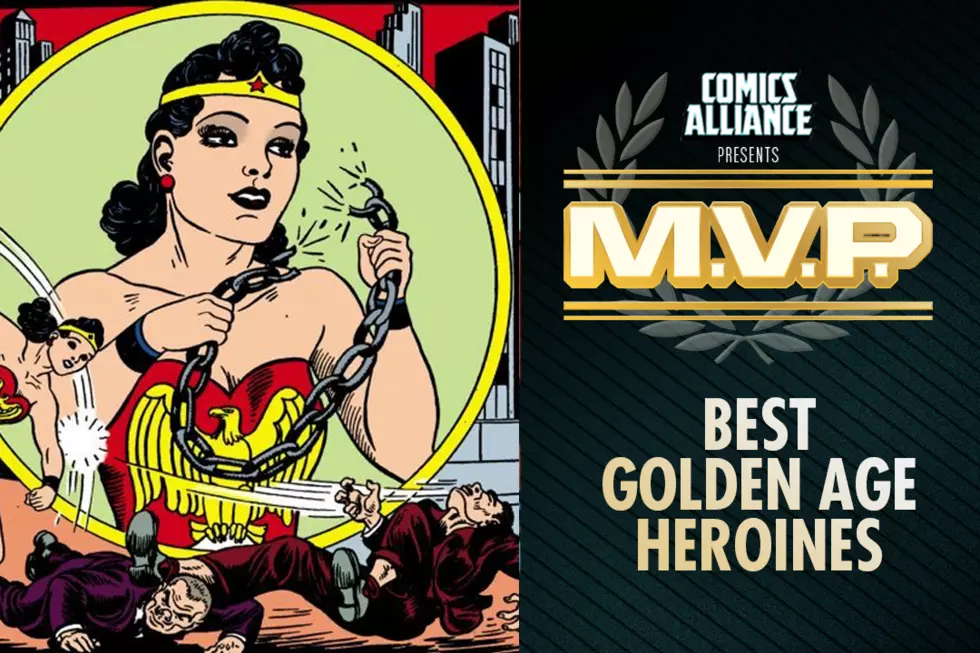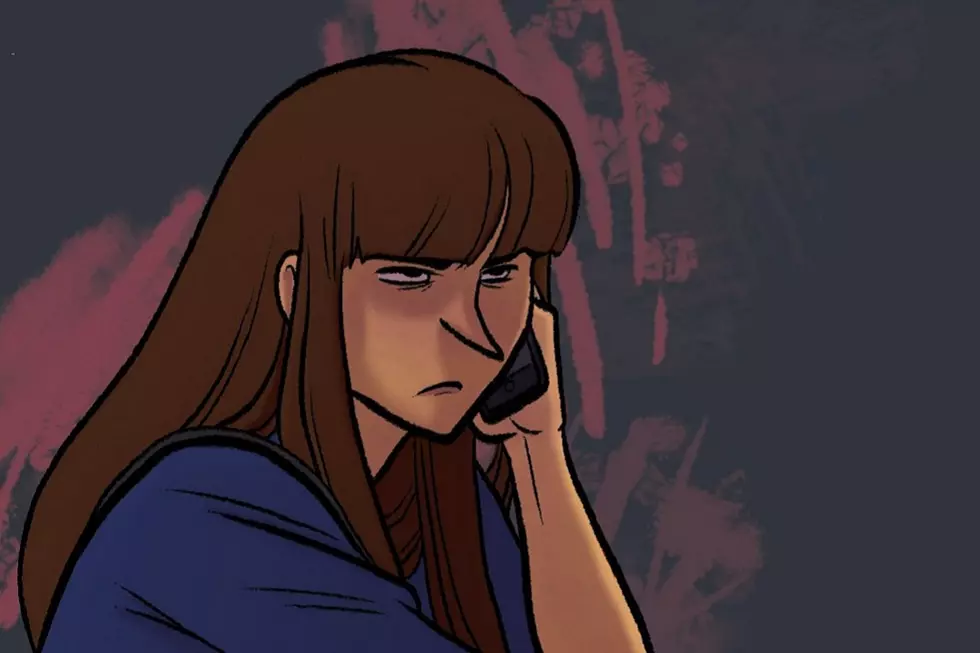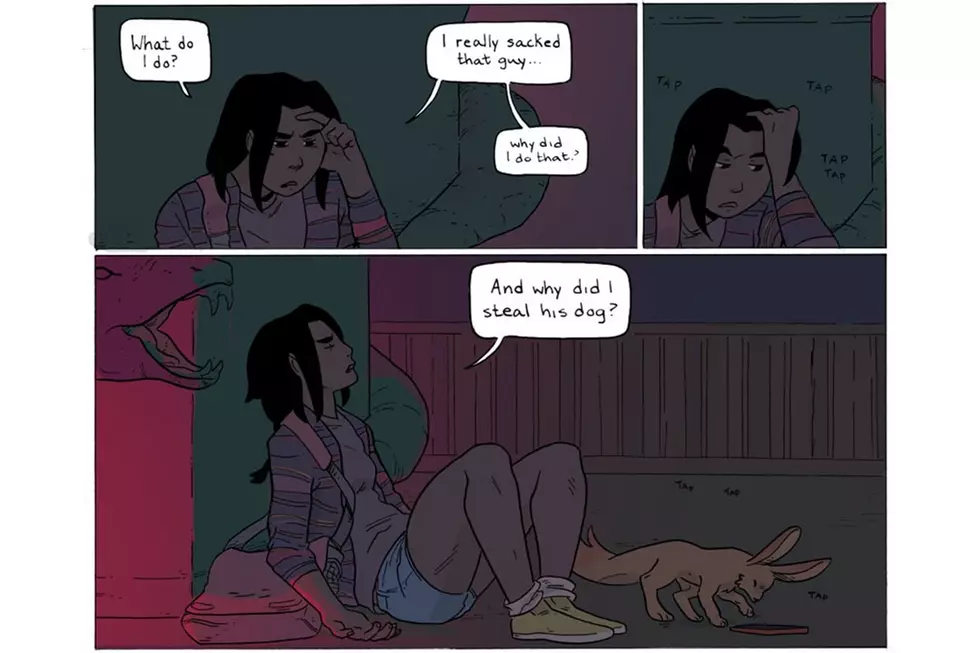
Great Writing Advice: Learn To Write Women Like They’re Human Beings
A lot of writers, when asked for advice on how to write better women characters, respond "treat them like people." While that's good advice, and sadly not obvious to everyone, it also misses some of the nuances that make up individuals. Writers who just write any character like they were a man miss a big part of the point. We live in an age where works with female leads are increasingly financially lucrative and thus attractive to publishers, so it's important that writers learn how to write a gender-diverse cast, even if their motive is profit rather than progress.
On that topic, Kate Elliot has posted a long, thoughtful piece on writing women as human beings over at Tor.com. Elliot offers three main pieces of advice, although there's a great deal more to the total piece than just this:
1. Have enough women in the story that they can talk to each other.
The lack of women talking to each other is the most frequent criticism I have of writers writing women (especially male writers).
Pay attention to the fact that women DO talk to each other. Create opportunity for women characters to talk to each other. Check to see if you-as-writer are missing chances to have women talk to and interact with each other.
2. Filling in tertiary characters with women, even if they have little dialogue or no major impact on plot, changes the background dynamic in unexpected ways.
Pay attention to how you are assigning minor roles.
Check your background. Actually take note of the background characters with whom your main characters interact. Think of this as the equivalent of scanning crowd scenes in films.
Who we see in the background of a world tells us as much about the world — and the writer’s imagination — as the physical landscape and the cultural trappings of the story.
3. Set women characters into the plot as energetic participants in the plot, whether as primary or secondary or tertiary characters and whether in public or private roles within the setting. Have your female characters exist for themselves, not merely as passive adjuncts whose sole function is to serve as a mirror or a motivator or a victim in relationship to the male.
This is where it gets complicated.
It’s not enough to say “let your female characters do everything your male characters do” because that can feed back into the idea that the lives of so many women across time and cultures are important only insofar as they are congruent with or participating in “men’s lives” or “men’s activities” (however those are defined, and those definitions differ cross-culturally).
Dig deeper to find meaning and importance and a place in the narrative for all lives.
Not too long ago, I had a discussion with a friend who is a filmmaker. She insisted that the Bechdel Test is a waste of time because films have to abandon anything that doesn't advance the plot, thsu conversations between women that don't fit that description are useless and obstructive to the flow of the film.
While I think the Bechdel Test is an interesting and important metric in reminding us how few films have women in the lead or really focus on women's lives in addition to or outside of their relationships with men, I admit that it is not perfect. Elliot's advice here is especially useful in making sure that not only do stories pass the Bechdel Test, but that over time, writers just automatically include women as people in the way they include men ---- thus making the Bechdel Test obsolete.
Male comics creators like Greg Rucka and Brian K. Vaughan are often lauded for their work writing women. If you look at some of their major works, you'll find that they check off all the items on this list. So while Elliot's advice is framed around novels, it's also important advice for comics writers --- and for readers who want help identifying what isn't working.
More From ComicsAlliance
![When Everything Is Pink, Nothing Is Pink: Sarah Stern On Color And Creativity [Interview]](http://townsquare.media/site/622/files/2017/03/Cindersong-feat.jpg?w=980&q=75)








